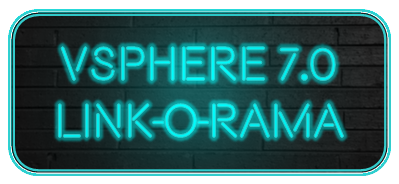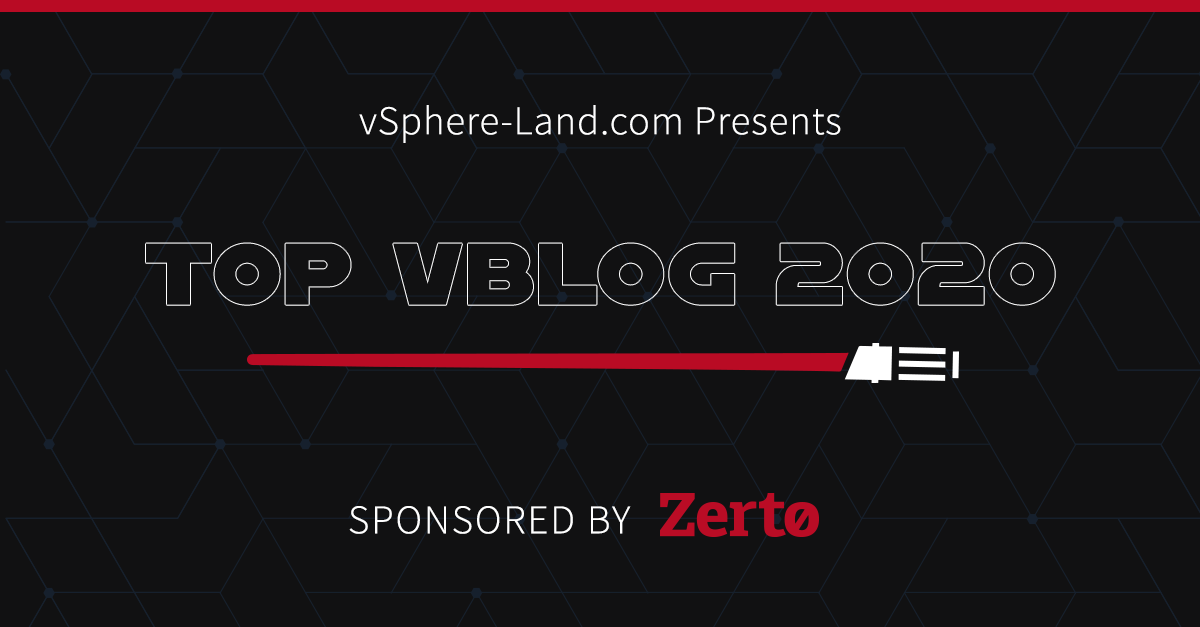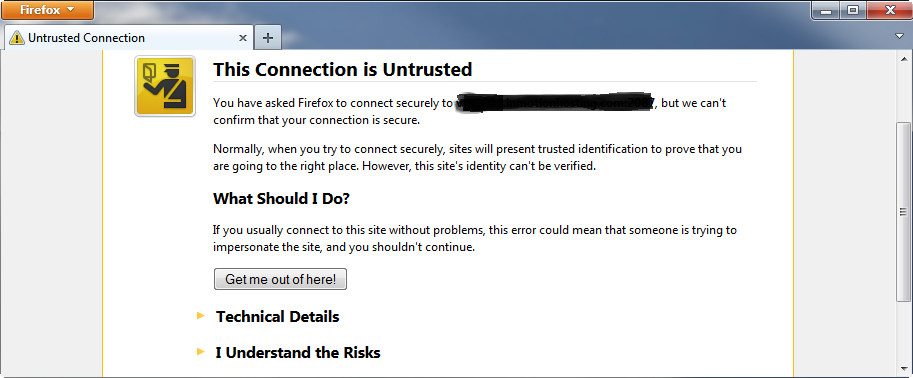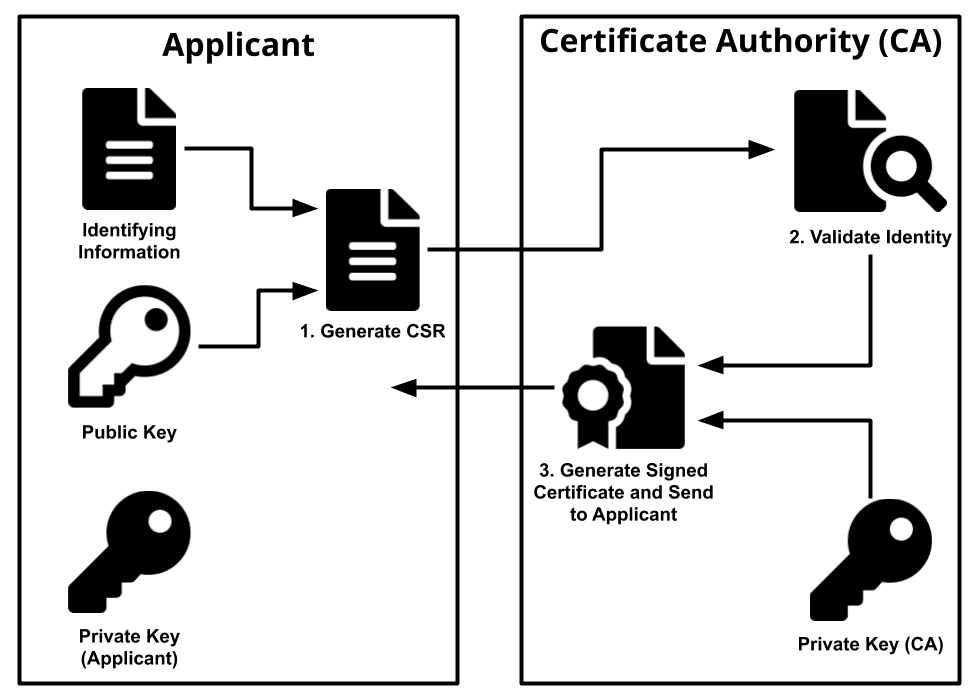VMware just announced the latest release of vSphere, 7.0, and it’s their biggest release to date. Before we dive in and cover what’s in it, let’s talk about timing first. Note this is just the announcement, VMware typically does the announcement first and the GA is usually about 30 days later.
VMware major releases have historically been spaced about 18 months apart and as you can see from the GA dates below it’s been about 2 years since vSphere 6.7 was released.
- vSphere 5.5 GA – 9-2013
- vSphere 6.0 GA – 3-2015 (18 months since last major release)
- vSphere 6.5 GA – 11-2016 (20 months since last major release)
- vSphere 6.7 GA – 4-2018 (17 months since last major release)
- vSphere 7.0 GA – 4-2020 (24 months since last major release)
If I had to guess I would say the longer delay between major releases was caused by the native Kubernetes integration that is a big part of vSphere 7.0. That had to be a lot of engineering work to accomplish and it’s unknown when VMware decided to add that to the 7.0 release, to me it seemed like VMware took that on later in the vSphere 7.0 development lifecycle which caused it to become delayed as vSphere 7.0 was originally scheduled to be released back in December.
There is a lot in this release but the centerpiece is undoubtedly the new native support for Kubernetes that VMware announced back at VMworld as Project Pacific. What is different about Project Pacific compared to VMware’s earlier efforts to support containers in vSphere is that instead of being a more external component to vSphere (i.e. Photon), support for Kubernetes is built right into ESXi, vCenter and other VMware products in a similar manner as VMware integrated vSAN into their core product.
However this support comes with a catch, it won’t be available in the standard vSphere editions and will only be available with VMware Cloud Foundation (4.0). I asked why this was the case and was told that it is dependent on NSX-T and to set customers up for success VCF provides the best on-boarding experience. I’m betting that an ulterior motive is that VMware also wants to get more customers buying into VCF which represents a lot of additional revenue for VMware. However VMware seemed to hint that at some point it might be available without requiring VCF.
The support for Kubernetes is being sold under the name, vSphere with Kubernetes and will come in Standard, Advanced and Enterprise editions. Note vSphere with Kubernetes is not a separate product as it’s embedded in vSphere just like vSAN, it’s just a name that indicates that the SKU includes support Kubernetes support. Look for VMware to publish what you get with each edition and what each edition will cost you.
 One interesting thing I found out about vSphere with Kubernetes is that it will only support Storage Policy Based Management (SPBM) for it’s storage. SPBM is based on VASA which is what both vSAN and vVols use to provision and manage storage resources. From what I heard at launch only vSAN will be supported as storage for vSphere with Kubernetes, as VCF does not yet support vVols as primary storage in workload domains (this is in the works though). While this seems to exclude using traditional VMFS & NFS storage with vSphere with Kubernetes I did hear that you can use SPBM with tags (VASA 1.0) if you want to use VMFS or NFS. However VASA 1.0 was fairly limited in what it could do so it is not ideal and if you want the best possible experience vSAN or vVols is the way to go.
One interesting thing I found out about vSphere with Kubernetes is that it will only support Storage Policy Based Management (SPBM) for it’s storage. SPBM is based on VASA which is what both vSAN and vVols use to provision and manage storage resources. From what I heard at launch only vSAN will be supported as storage for vSphere with Kubernetes, as VCF does not yet support vVols as primary storage in workload domains (this is in the works though). While this seems to exclude using traditional VMFS & NFS storage with vSphere with Kubernetes I did hear that you can use SPBM with tags (VASA 1.0) if you want to use VMFS or NFS. However VASA 1.0 was fairly limited in what it could do so it is not ideal and if you want the best possible experience vSAN or vVols is the way to go.
 To get all this Kubernetes in vSphere goodness you will need to be running all the newest versions of VMware products which are part of the VCF 4.0 BOM, this includes vSphere 7.0, vSAN 7.0, SDDC Manager 4.0 and vRealize 8.1 apps. The full BOM is listed below:
To get all this Kubernetes in vSphere goodness you will need to be running all the newest versions of VMware products which are part of the VCF 4.0 BOM, this includes vSphere 7.0, vSAN 7.0, SDDC Manager 4.0 and vRealize 8.1 apps. The full BOM is listed below:
 Besides Kubernetes support there is a lot more in vSphere 7.0, I’m not going to go into that in a lot of detail here, I’ll be doing separate posts for some of that, at a high level here is what VMware is highlighting:
Besides Kubernetes support there is a lot more in vSphere 7.0, I’m not going to go into that in a lot of detail here, I’ll be doing separate posts for some of that, at a high level here is what VMware is highlighting:
 As far as storage goes most of the enhancements in vSphere 7.0 are with vSAN, however there are two key capabilities that apply to external storage, support for NVMeoF and support for shared VMDK’s. The new shared VMDK feature allows VM’s to share a disk without using RDM’s. VMware built support for SCSI-3 persistent reservations into VMFS 6 so for any applications like MSCS that require sharing a disk you no longer have to use RDM’s. However the better way to do this of course is to just use vVols instead 😉
As far as storage goes most of the enhancements in vSphere 7.0 are with vSAN, however there are two key capabilities that apply to external storage, support for NVMeoF and support for shared VMDK’s. The new shared VMDK feature allows VM’s to share a disk without using RDM’s. VMware built support for SCSI-3 persistent reservations into VMFS 6 so for any applications like MSCS that require sharing a disk you no longer have to use RDM’s. However the better way to do this of course is to just use vVols instead 😉
Speaking of vVols, there is no change to the VASA 3.0 spec in this release, VMware has largely been waiting for vendors to catch up. I do know that VMware is working on a VASA 3.5 spec with some small enhancements and also a VASA 4.0 spec with some big enhancements mainly focused on NVMe support. However that does not mean vVols doesn’t get any love in this release, VMware has put a lot of effort into improving vVols interoperability with their products.
The biggest one being that SRM (8.3) now supports vVols replication through SPBM (yeah!). I’ve been working very closely with Velina who is the SRM product manager on this new support as HPE is still one of the only vendors that even supports vVols replication. With this new support hopefully more vendors support it as well, I know at least one who is just about to support it and another that will be coming soon as well. I’ll be doing a separate post on the SRM vVols support.
In addition vVols is also supported with vROPs 8.1, prior to this vROPs hid any vVols objects so you could not see them in any dashboards. Now they will be visible inside vROPs. Finally VMware added CNS support for vVols into vSphere as well, this allows you to use vVols as persistent storage in CNS using SPBM policies to map to a Storage Class.
There is a lot more in vSphere 7.0 which I won’t cover here that includes:
- vCenter profiles that allow consistent vCenter configurations
- vCenter greater scalability to support more VM’s and hosts
- vCenter Update Planner to make upgrading easier
- vSphere Lifecycle Manager that includes host firmware management
- Improved DRS that is workload focused with scalable shares
- Assignable hardware direct to VMs
- vMotion improvements including reduced stun time and memory copy optimizations
- VM hardware v17 with a new watchdog timer feature that can monitor the OS
- Precision Time Protocol (PTP) support for sub-millsecond accuracy
- Simplified certificate management and a certificate API
- vSphere Trust Authority and Identity Federation
So there are a lot of great things in this release and a lot of changes as well which begs the question, how fast will users migrate to vSphere 7.0? Historically I’ve found that many customers sit on their current vSphere versions for quite a while. I still know customers that are running vSphere 5.5 and a big part of VMware’s user base stayed on 5.5 until it was near end of support.
Today most of VMware’s install base is spread evenly across vSphere 6.5 & 6.7 from what I’ve seen. I suspect only customers that are interested in the new Kubernetes support will migrate to vSphere 7.0 early on but many customers also avoid the initial release of a major version and prefer to wait until at least one update release is available.
I think the migration to vSphere 7.0 will be very slow, the small and fearless early adopter crowd will probably quickly cross over but I’m betting the rest of the VMware install base will proceed slowly with caution. In addition I think the native Kubernetes integration may intimidate the traditional vSphere admin who is not used to dealing with containers and wants to avoid the complication that this introduces into their core products. It will take some time for vSphere admins to warm up to supporting containers, it will happen eventually but from what I’ve seen in the past they tend to be resistant to major change in their environments.
Whether you plan on upgrading to vSphere 7.0 right away or not I still encourage you to study up on it and learn about all the new capabilities and enhancements that it provides. At some point you will have to migrate to vSphere 7.0 so getting some early experience with it will be helpful down the road when you decide to make the leap. Be sure and check out my vSphere 7.0 Link-O-Rama which will be continually update with links to information on everything you need to know about vSphere 7.0.













